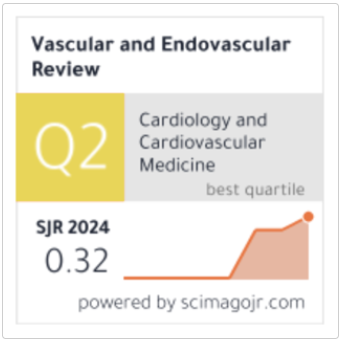Transhepatic Hilar Nerve Block as Pain Management in Hepatic Interventions
Keywords:
Transhepatic Hilar Nerve Block, Hepatic InterventionsAbstract
Background: One of the issues that is not adequately addressed, particularly in the postoperative phase, is pain, which directly affects survival and quality of life as well as the course of the disease. For the majority of interventional liver procedures, most centers use either conscious sedation or general anesthesia (GA). For such procedures, the use of a regional anesthetic technique that targets the liver's nerve supply specifically may prove beneficial.
Objective: to achieve a simple, safe, effective &minimally invasive way for hepatic specific nerve block by US guidance for reducing &alleviating the pain produced by the image guided hepatic interventional procedures as Trans-arterial chemoembolization resulting in improved post-procedural comfort, faster recovery& discharge, decreased post-operative analgesics used.
Patients and Methods: This randomized controlled trial was conducted on 20 patients subjected to image guided hepatic interventions; they were divided into interventional group (10 patients who subjected to hepatic hilar nerve blocks) and control group (10 patients) at Interventional radiology unit, Radiology department, Ain-Shams University hospitals.
Results: In the current study, the mean age was 53.4 ± 5.1 years in interventional group versus 55.7 ± 5.7 years in Control group with no significant difference. Most of patients were males in interventional group (80%) and Control group (90%). In our study, the patients in interventional group showed highly statistical significant (p-value < 0.001) decreased VAS in (3.8 ± 1.5) when compared with Control group (7.3 ± 1.05). Concerning consumption of analgesia, there was a highly statistical significant (p-value < 0.001) decreased dose of paracetamol needed in interventional group (1450 ± 724.5) when compared with Control group (3200 ± 632.4). In the present study, there was no statistical significant decrease of complication in interventional group as there were only 3 patients (30%) with complications in interventional group versus 6 patients (60%) in control group. Among our patients, there was statistically significant (p-value = 0.006) decreased recovery time in interventional group (1.56 ± 0.4 weeks) when compared with Control group (2.48 ± 0.83 weeks).
Conclusion: Hepatic hilar nerve block is promising intervention for different liver procedures due to the following findings: Patients subjected to hepatic hilar nerve block showed low pain. Reduced analgesic consumption. Shorten recovery time. Low incidence of complications.








